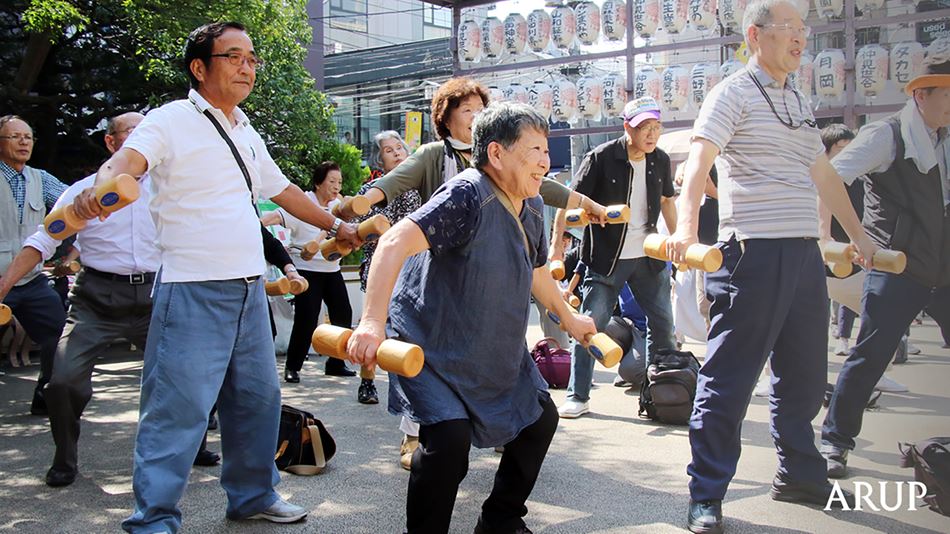 Ria Patel
UKIMEA Press Office,London
Ria Patel
UKIMEA Press Office,London
Catering for the elderly population must be a greater deciding factor when planning the cities of the future, argues a new report from Arup, the global engineering consultancy. It highlights the inescapable megatrends of an ageing population and increasing urbanisation, and how these will be major drivers of change for cities worldwide – necessitating a fundamental transformation in how cities are designed, planned and operate.
With the global population over 60 expected to more than double by 2050 , and a 68% increase in the number of older people living in cities between 2000-2015 , the new report - Cities Alive: Designing for ageing communities - offers a strategy for identifying how cities and built environment professionals can better plan and design physical spaces to meet the unique priorities of older residents.
From legal and regulatory obstacles compounding housing issues to inadequate design in the built environment for dementia sufferers and extreme weather, today’s cities offer a range of significant challenges for the elderly. The report urges property developers, designers and civic leaders to consider the four central needs of the ageing population when developing a framework for the cities of the future:

